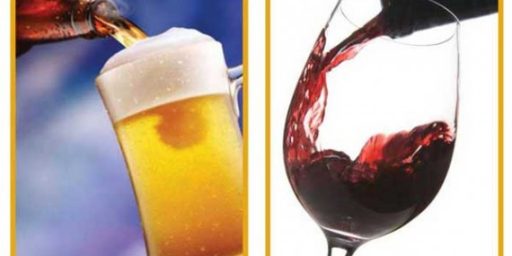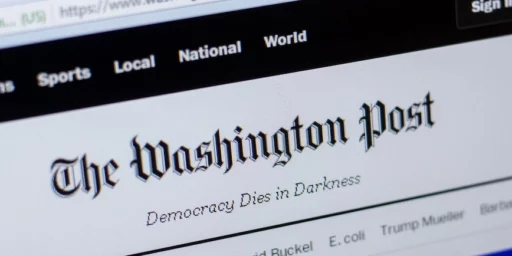HUMAN ACCOMPLISHMENT
UPI has a profile on one of the more controversial scholars of the last twenty years:
Once a decade, Charles Murray drops a bombshell book on American intellectual life.
In 1984, it was his devastating assessment of welfare programs, “Losing Ground,” which helped inspire the famous 1996 welfare reform act.
In 1994, Murray coauthored with the late Richard J. Herrnstein the enormous bestseller “The Bell Curve.” It ignited controversy by arguing that IQ scores are one of the most overlooked tools for understanding how American society is structured.
Now, after a half-decade of work, Murray, a scholar with the American Enterprise Institute, is back with another massive book, 688 pages full of graphs and tables. “Human Accomplishment: The Pursuit of Excellence in the Arts and Sciences, 800 B.C. to 1950” (HarperCollins, $29.95) is a fascinating attempt to rank the 4,000 most important artists and scientists in human history.
Murray meticulously measured how much attention the leading scholars in their fields pay to the top creators and discoverers. Reading “Human Accomplishment” is a little like browsing through the statistics-laden “Baseball Encyclopedia,” except that instead of being about Ruth, Di Maggio, and Bonds, Murray’s book is about Picasso, Darwin, and Edison.
The book sounds interesting although, as one would expect, controversial. He defends its methodology:
Q. Who came out on top of big categories like Western Literature, Western Art, Western Philosophy, and Combined Sciences?
A. Shakespeare, Michelangelo, Aristotle, and Newton — the people you’d expect.
In Western music, Mozart and Beethoven were in a dead heat, with Bach third. A rather vocal minority is upset about Bach not being on top. I’m not. I love Bach, but it’s awfully hard to listen to Beethoven’s later symphonies and string quartets and figure out how anybody could possibly be ranked above him.
However, let me stress: I’m not the one who made those decisions. And occasionally I had to grin and bear it when things didn’t come out according to my druthers. Rousseau and Byron are way too high in Western literature for my taste, for example.
Q. Can you truly quantify objectively which artists and scientists were the most eminent?
A. Sure. It’s one of the most well-developed quantitative measures in the social sciences. (The measurement of intelligence is one of its few competitors, incidentally.)
My indices have a statistical reliability that is phenomenal for the social sciences. There’s also a very high “face validity” — in other words, the rankings broadly correspond to common-sense expectations.






10 bucks says somebody will say there were not enough women.
—